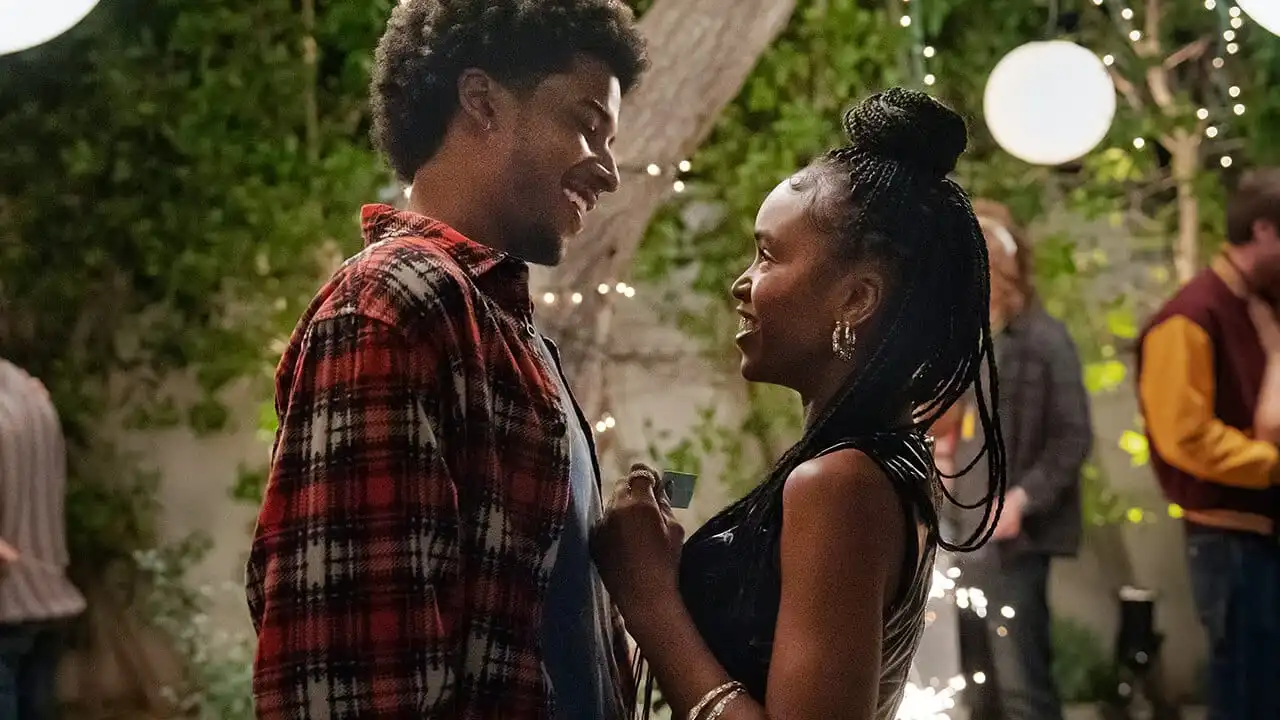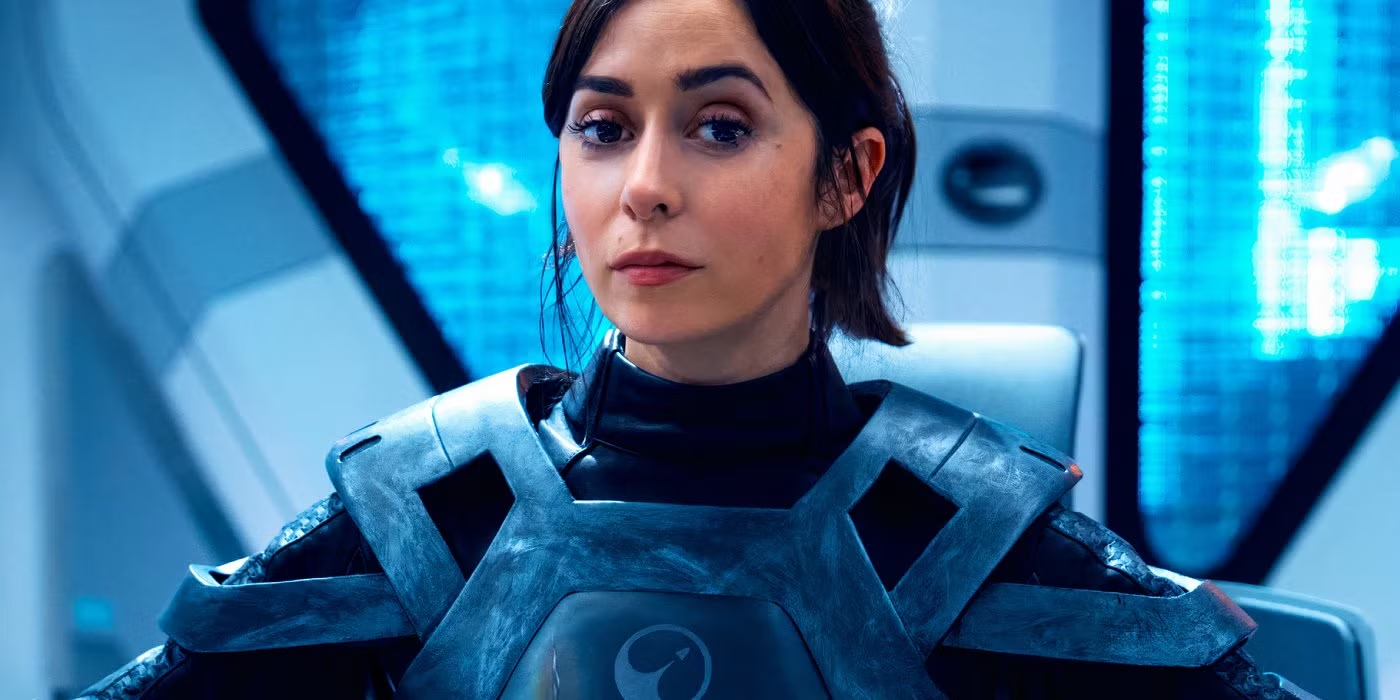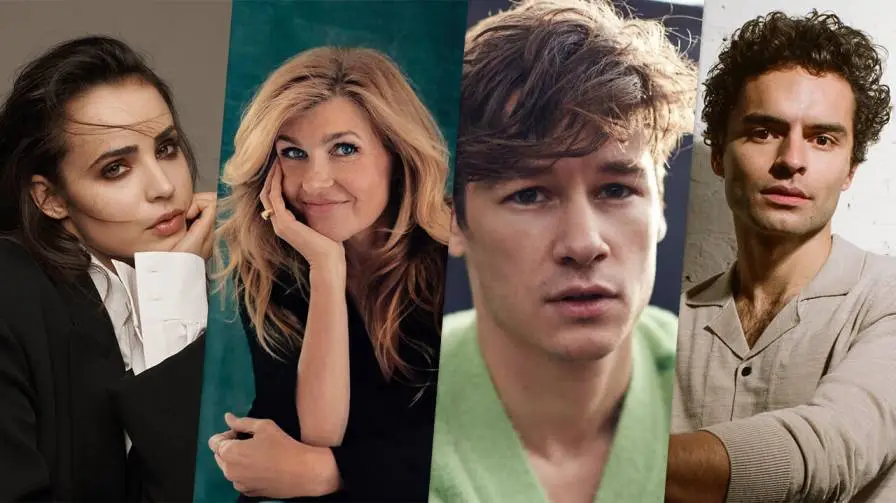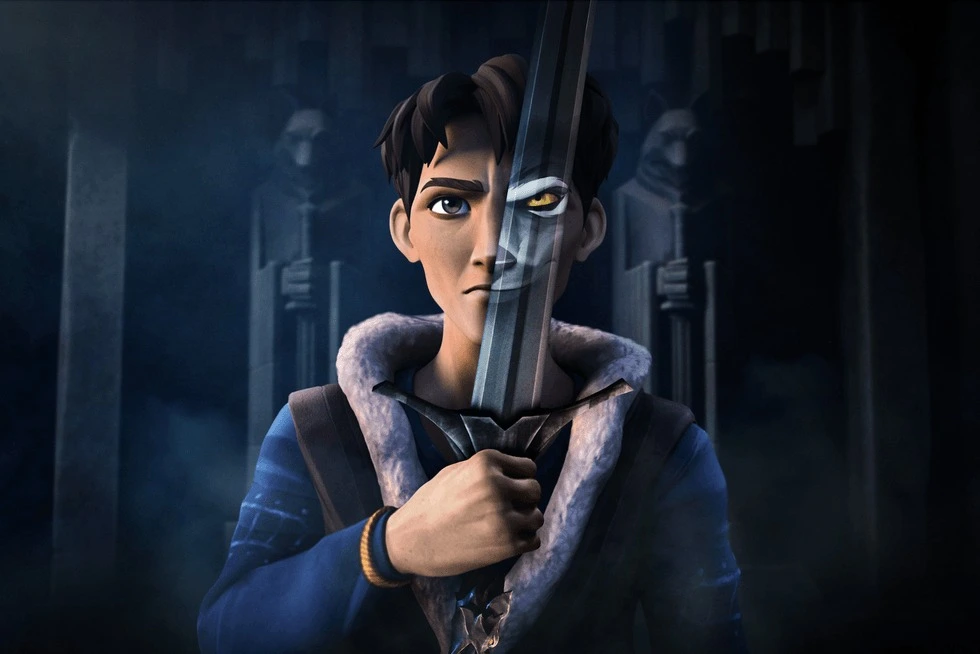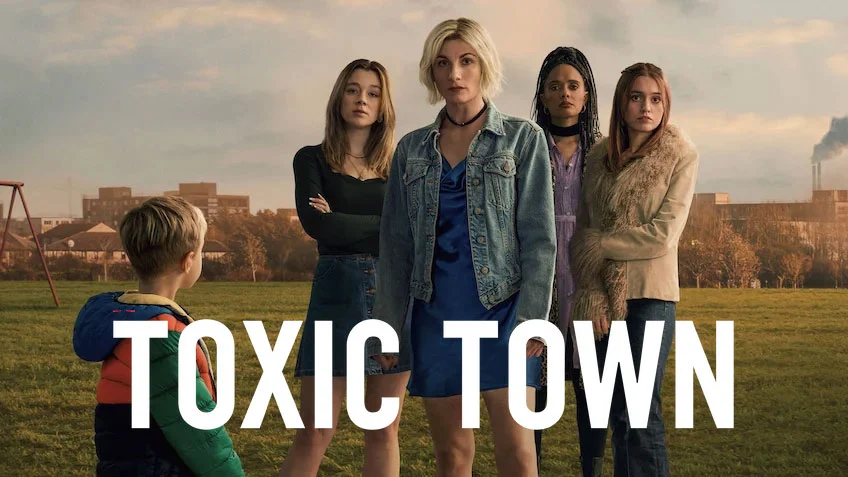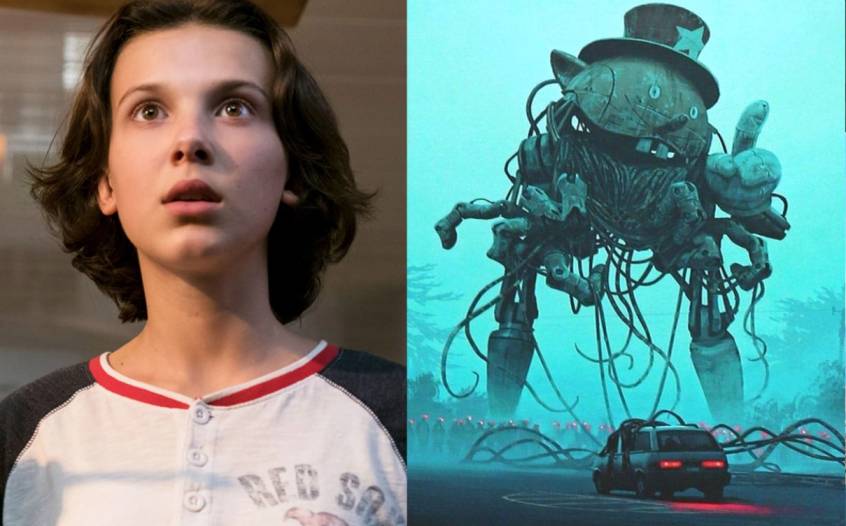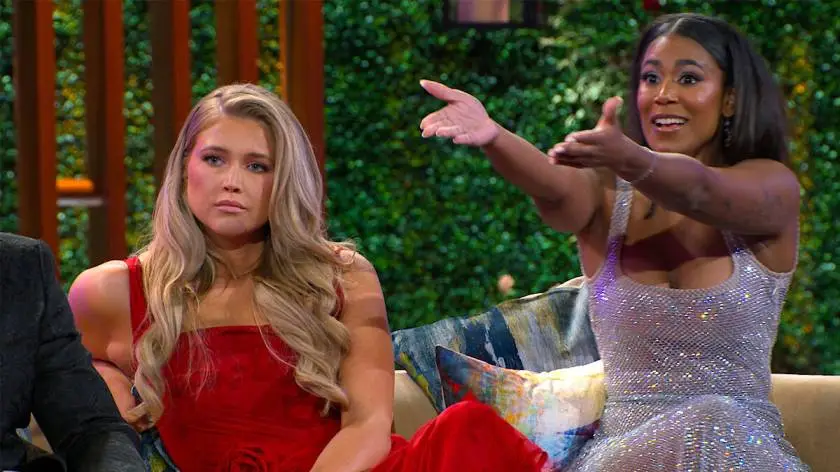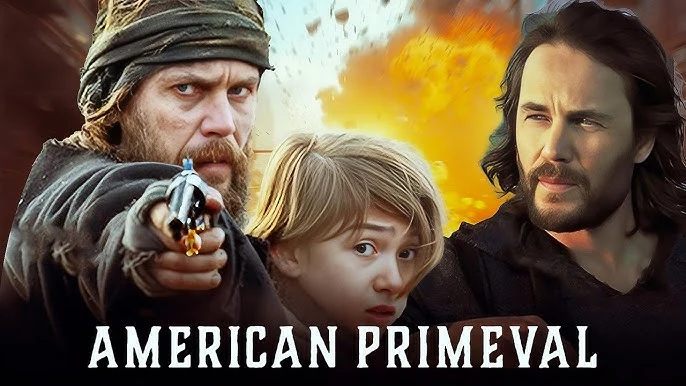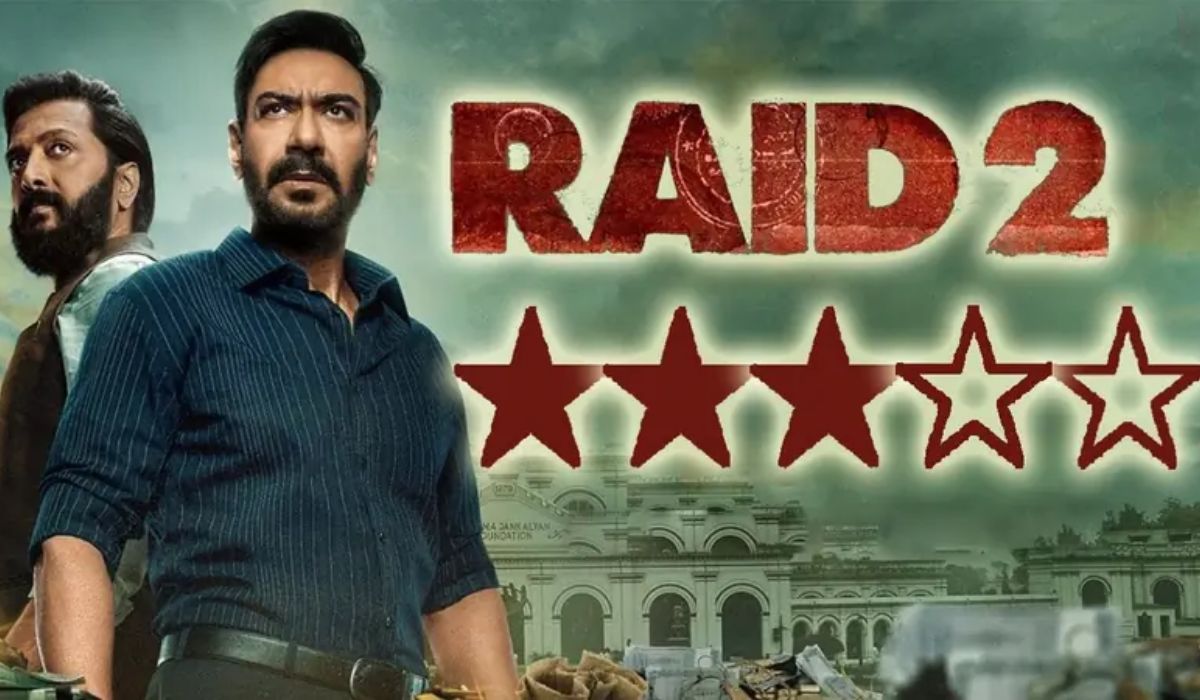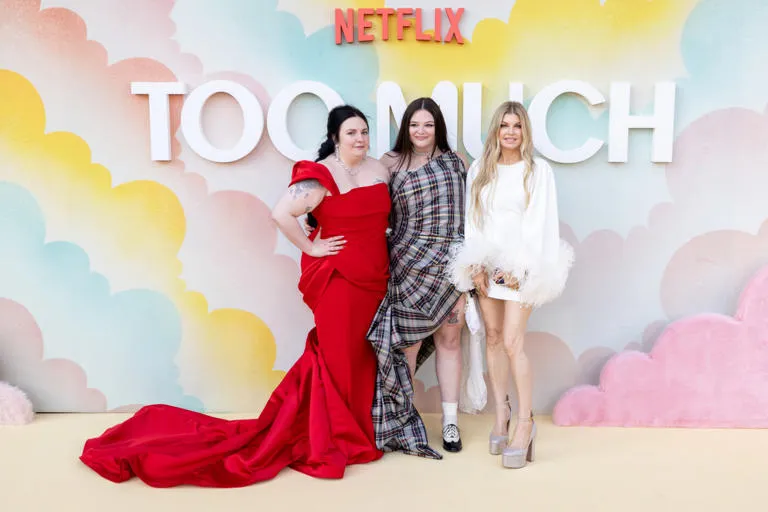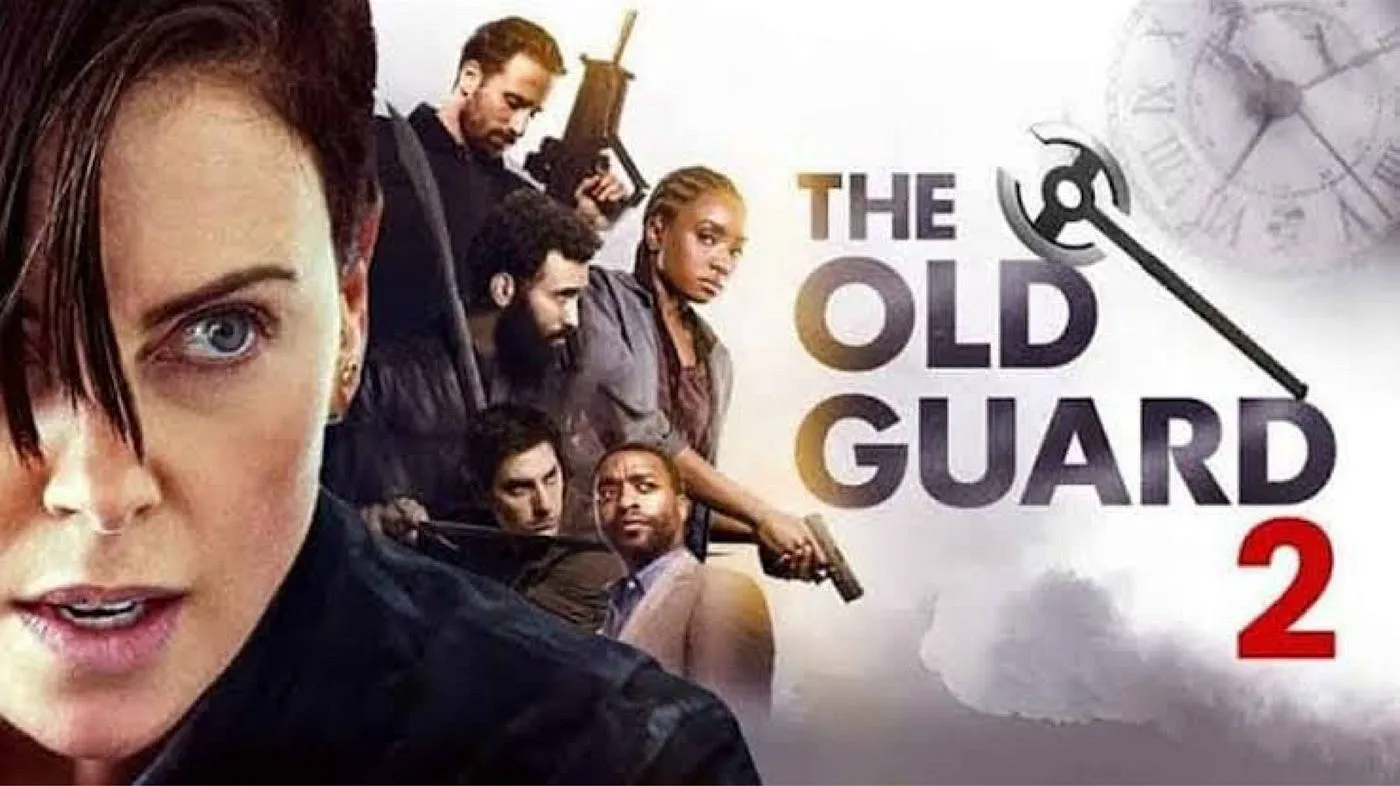It takes a certain type of person to be a freediver. Not everyone has to apply. Not everyone wants to dive into the darkness of the oxygenless ocean, test the limits of the human body, and swim twice, which is basically the height of the Statue of Liberty, once down, once at the top. These people are "built differently", as they say, and like big wave surfers or extreme athletes, they are not afraid of the things that most people fear. You run to the limit. The risk of life or death is built in.
Laura McGann's documentary The Deepest Breath stars Alessia Zecchini, an Italian freediver determined to break the record for world, and Stephen Keenan, an experienced safety diver (who accompanies freedivers on the descent to help them with any problems). "The Deepest Breath" is a visual marvel of hauntingly beautiful underwater photos that show tiny people surrounded by vast marine life, a breathtaking space of shades of blue fading to black. The images give an impressive and frightening impression of what these people are going through, what they are looking for and what they desire. The quest is both psychological and physical. Former freediving world champion Natalia Molchanova said in an interview: “Mental relaxation is the basis of freediving. Sport forces you to free yourself from everything but the consciousness of the moment. Everything else takes too much energy.
The Deepest Breath features Zecchini and Keenan in alternate narrative tracks. Hailing from Italy and Ireland respectively, Zecchini and Keenan have led very different lives: one was driven to become a diver from an early age, and the other spent his youth traveling the world in search of of something, but didn't know what. Then Keenan discovered apnea and immediately became addicted. Zecchini and Keenan can be heard in voiceovers on interview clips and podcasts. The past tense used by other interviewees shows where this leads (in case you are unaware of actual events).
Zecchini was inspired in his childhood by the example of Molchanova, whose achievements are still legendary today, setting unbroken records over the years. Zecchini was still in elementary school when she decided to become world champion. In 2015, Molchanova disappeared while diving off Ibiza. He fell and never got up. The shockwaves echoed through the freediving community. Zecchini realized for the first time that he could die doing what he loved. This made her mentally unstable. In an interview, she said eerily, "It's dark. It's dark. You feel locked inside."
Zecchini was so ambitious that it made her tense and temperamental. He put too much pressure on himself. Even other freedivers thought so. But then Zecchini met Keenan in his role as a safety diver in 2017 while competing at Vertical Blue in the Bahamas. He offered to train her after Zecchini passed out from repeated dives. He thrived and broke a world record (102 meters) three days later. The following day, her record was broken by Japanese phenom Hanako Hirose (103 meters), leading Alessia to break Hirose's record (104 meters) the following day. This triumphant experience cemented the bond between Zecchini and Keenan. The Deepest Breath is also a love story.
The pressure of the deep sea is hell for the human body. Divers risk permanent brain damage and lung damage. "Pulled lungs" do exist and you really don't want it to happen to you. Divers often lose consciousness underwater and must be quickly brought to the surface by safety divers. CPR is performed while everyone is still in the water - there is not even time to get the diver onto the boat. There are traumatic images of the moments when divers resurface and struggle, their faces and bodies frozen in a full-body grip. Freedivers wear wetsuits and monofins to look like superhero mermaids as they drift through the darkness. The pressure pushing divers downward is called "free fall". Divers say it's like flying.
McGann collected as much footage as possible from the various competitions, as well as video footage, vlogs and Instagram stories from Zecchini and Keenan. , etc. They documented their lives. Other freedivers have their say, and there are conventional "talking head" interviews, notably with the parents of Zecchini and Keenan, grieving men who had to let their children go, who had to let them pursue the most dangerous thing possible for them. most incomprehensible but essential to the happiness of their children. As freedivers are accompanied by a large and talented group of underwater videographers, many dives are recorded. There are many famous spots that attract freedivers, the 'Vertical Blue' in the Bahamas and the gruesome 'Blue Hole' in Dahab, Egypt with its deadly 'arc'. The arch is the most dangerous place in the world for a freediver ("More dangerous than Mount Everest", says one of the freedivers). If you cross the arch and step back, you're with the greats.
The Deepest Breath has an eerie, eerie tone, with hair ruffling images of divers swimming downward, their bodies moving in a continuous undulating motion until they disappear to the bottom in darkness. Zecchini and Keenan seem almost otherworldly underwater, but on the surface they are down-to-earth and fun-loving, free-spirited and wild. Each has found a soul mate in the other. Freediving is such a small community. When something happens to someone, it happens to everyone.
Molchanova described what it was like to be at this depth: "It's like being in the last quiet place on 'The Deepest Breath' eloquently and emotionally shows what it is 'out there', why people risk their lives to fall into the darkness where everything is so quiet, and why they also risk their lives to help those in trouble bring back divers .noisy surface.

.webp)
